I have a doubt about heat-sinking that I could not solve by surfing the Web. My doubt arised when mounting a TO220 package on its heat-sink using these dirty cheap pads, but actually it has quite a general scope.
There are a lot of articles out there about comparisons between thermally conductive pads vs. thermal grease (and most say that grease is better with regard to thermal conductivity), but I found almost nothing about whether a thermal interface pad is needed at all when you are not concerned about electrically insulating the tab from the heat-sink.
Thermal pads and thermal compound are used to fill air gaps caused by imperfectly flat or smooth surfaces which should be in thermal contact; they would not be needed between perfectly flat and smooth surfaces. Thermal pads are relatively firm at room temperature, but become soft and well able to fill gaps at higher temperatures.
So it seems to imply that a thermal pad is always a good thing to place between the TO220 tab and the heat-sink in order to improve thermal coupling. But is it really so? References are a bit scarce and tend to focus on CPU/GPU cooling setups.
Moreover I remember having seen some equipment where TO220s were attached to their heat-sinks without either thermal grease nor thermal pads. I can well understand why one would avoid thermal grease (more complicated and costly building procedure), but thermal pads are dirty cheap and don't add much effort when you already have to screw/bolt the metal pad to the heat sink.
Bottom line: if I don't care about electrical insulation between TO220 and heat-sink and I don't want to use thermal grease, is putting a thermal pad between the two always useful, from a thermal coupling point of view?

